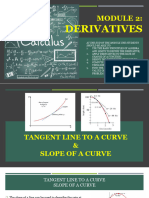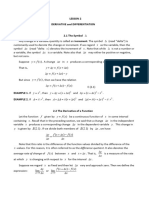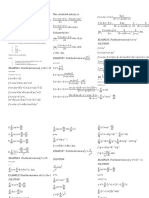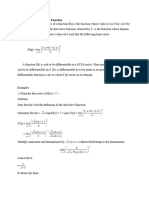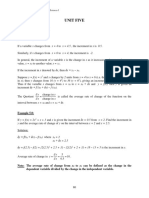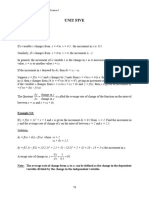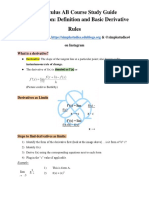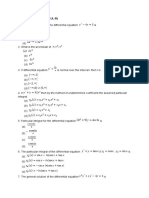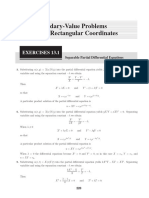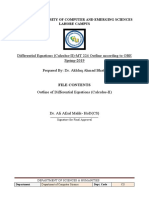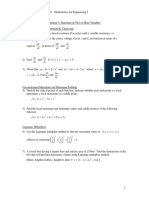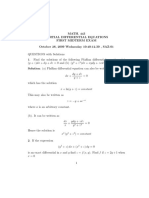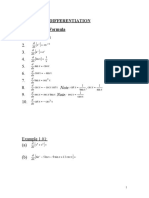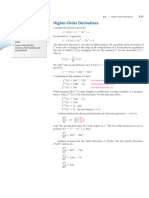0% found this document useful (0 votes)
15 views9 pagesScreenshot 2025-02-13 at 11.45.37 AM
The document explains the concept of the symbol ∆ (delta) which denotes a change in a variable quantity, and introduces the derivative as the instantaneous rate of change of a function. It provides definitions, notations, and examples of how to calculate derivatives for various functions. Additionally, it outlines key points regarding differentiability and the process of differentiation.
Uploaded by
melendezclyde73Copyright
© © All Rights Reserved
We take content rights seriously. If you suspect this is your content, claim it here.
Available Formats
Download as PDF, TXT or read online on Scribd
0% found this document useful (0 votes)
15 views9 pagesScreenshot 2025-02-13 at 11.45.37 AM
The document explains the concept of the symbol ∆ (delta) which denotes a change in a variable quantity, and introduces the derivative as the instantaneous rate of change of a function. It provides definitions, notations, and examples of how to calculate derivatives for various functions. Additionally, it outlines key points regarding differentiability and the process of differentiation.
Uploaded by
melendezclyde73Copyright
© © All Rights Reserved
We take content rights seriously. If you suspect this is your content, claim it here.
Available Formats
Download as PDF, TXT or read online on Scribd
/ 9


